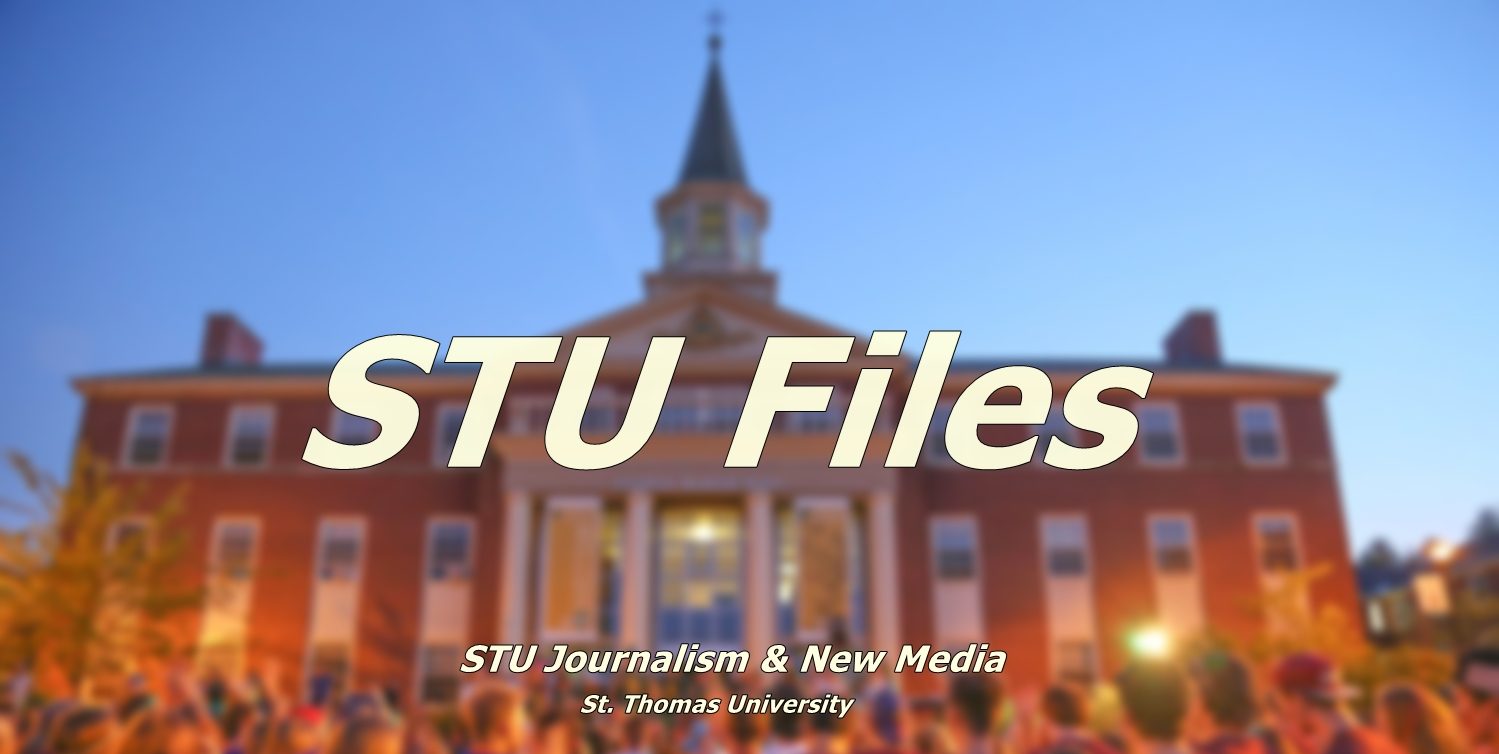Behind the scenes of a COVID-19 news conference
Ever since mid-March, The Government of New Brunswick has been providing updates for residents on COVID-19. They started with having news conferences every day to only when new news was brought up.
“It was important to do that,” said Dr. Jennifer Russel, New Brunswick’s Chief Medical Officer of Health. “We wanted to make sure we were presenting up to date transparent information on the daily basis to make sure the public was engaged and that they understood what we were doing, why we were doing it, and what types of things we wanted the public to be doing.”
Now, there are only conferences when there is new information, research or data, and changes in mandatory order.
When you tune into the YouTube live stream or another source of media to watch the conference, you see Dr. Jennifer Russell and Premier Blaine Higgs talking about new updates of COVID-19 and answering questions from the media. But there is a lot more that goes on to prepare for these conferences.

Many people work behind the scenes getting things ready. Some people write and edit the speeches for Dr. Russell and the premier, translators are preparing to translate, camera operators are setting up, and media people are making sure things run smoothly on the YouTube live stream and monitor the comments
All of this can happen several hours before the conference.
Alexandra Davis is a communications officer who writes speeches for the premier.
“When it comes to the speech writing it’s kind of just about being ready to kind of go go go all day from the morning until the news conference at usually around 2:30,” said Davis.
Davis is not the only one who writes the speeches, she and her co-worker Lauri Gallagher take turns.
There are only 11 people allowed in the conference room in accordance with health guidelines. The translator, two sign language interpreters, three camera operators, Dr. Jennifer Russell, Premier Blaine Higgs, the premier’s communications director, the moderator, and a technician.
Reporters are no longer in the room shoulder to shoulder. There are three camera operators, one who runs the media pool.
Reporters now have to call in to ask their questions. They need to register in advance with the media relations team and a list is made of who will be asking questions so they have an idea of how many questions and follow-ups can be asked. There is a speaker in the conference room above the phone that picks up the questions from reporters.
Although conference days are busy days in the office with everyone prepping to get ready, the days leading up to the press conferences consist of work as well.

“There’s a lot of information that comes in every single day in terms of new cases,” said Russell. “So, there are many many meetings every day not just about cases themselves but patterns of transmission and whatever evidence-based information is coming in from the public health agency of Canada, so I meet many times a week with my colleges across the country”
All of this information is what goes into recommendations to the government and cabinet, then the presentation to the cabinet is brought to a press conference of COVID-19.
Dr. Russell said it is hard to tell what changes will stick with us after this pandemic, but she has already seen some changes.
“The things that we are doing now in terms of keeping close contact low, physical distancing, washing our hands, what we’re seeing with some of those changes already is that it is affecting the flu infection rate.”
There is a lot of people and work that go into these COVID-19 news conferences to make sure things run smoothly to provide information to the public.
“The team that I work with is extraordinary,” said Russell. “And the team that the premier works with is extraordinary in terms of their dedication and their desire to have a positive outcome”

